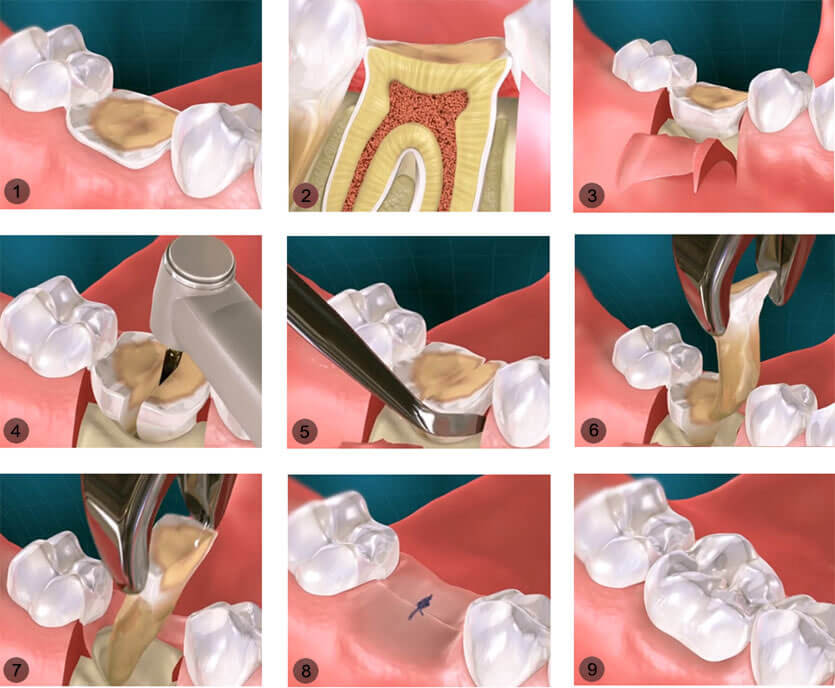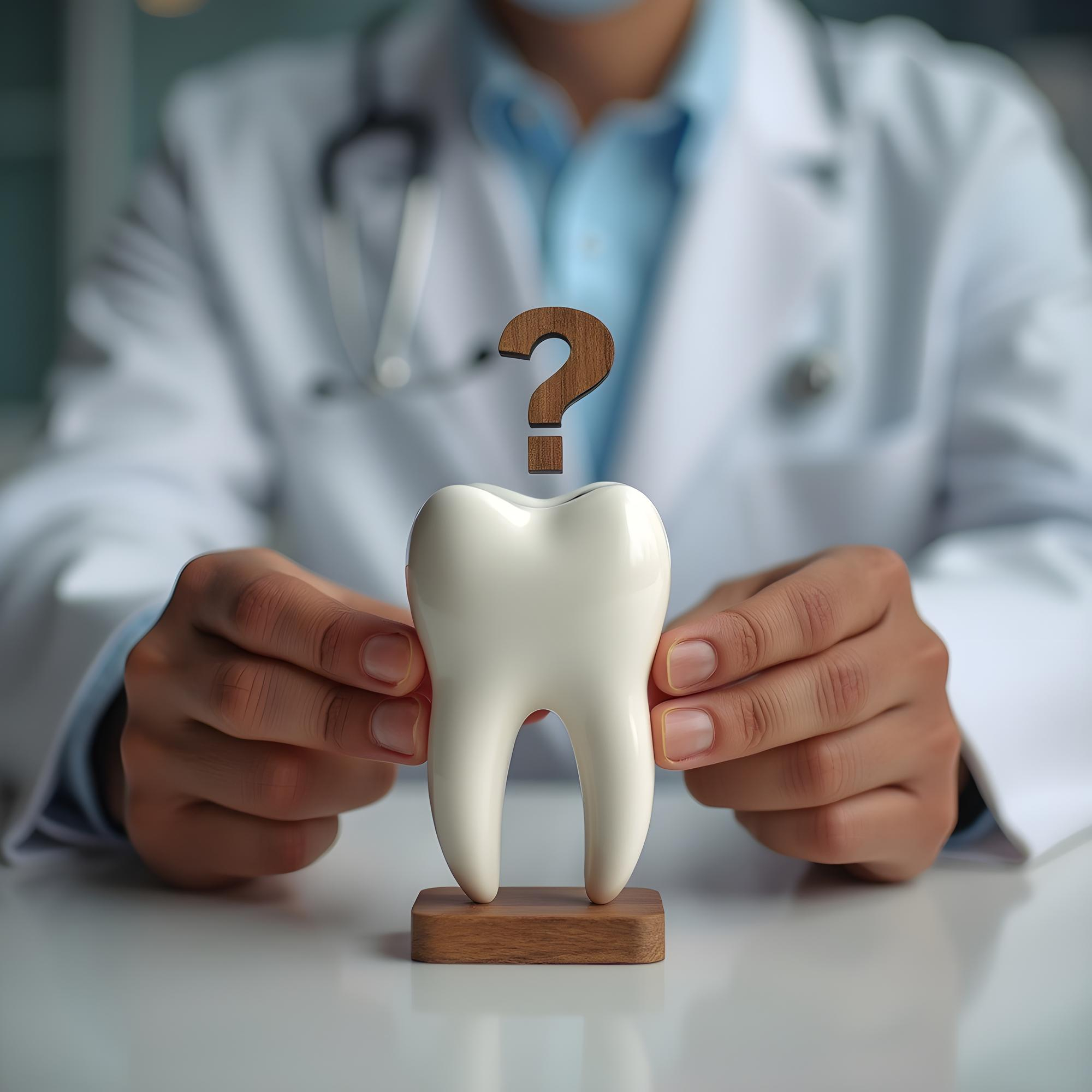Transalveolar Extraction

What is Transalveolar Extraction?
Transalveolar extraction is a surgical tooth removal procedure used when a tooth cannot be extracted easily by normal means — especially when it is impacted, broken, or hidden below the gum line or bone. It involves lifting the soft tissue, carefully removing bone (alveolar bone), and then extracting the tooth in parts if necessary.
It is commonly performed for:
- Horizontally or deeply impacted wisdom teeth
- Roots broken below the bone level
- Infected teeth with little visible crown structure
- Impacted canines or retained baby teeth
When is Transalveolar Extraction Needed?
Tooth is impacted inside the bone or gums
Standard extraction has failed or is not possible
Tooth is broken, decayed, or severely damaged
Third molars (wisdom teeth) causing pain, swelling, or infection
Benefits of Transalveolar Extraction
Ensures complete removal of difficult teeth
Prevents future infection or abscess formation
Minimizes trauma to surrounding tissues
Safe, controlled, and precise surgical approach
Performed under local anesthesia for comfort
Process
X-ray or CBCT Scan
To analyze the tooth’s position and surrounding bone
Anesthesia
Local or general anesthesia for a painless experience
Tissue Flap & Bone Removal
A small incision is made and bone is removed to access the tooth
Tooth Sectioning
Tooth is often cut into pieces and carefully extracted
Suturing & Healing
The surgical site is stitched and healing begins over the next 5–7 days

Why choose us
- Personalized Treatment Plans: Tailored to your unique needs and goals.
- Advanced Technology: Utilizing the latest dental and facial aesthetic innovations.
- Experienced Professionals: Our team of skilled dentists and surgeons are dedicated to excellence.
FAQs (Transalveolar Extraction )
It’s a surgical method to remove a tooth that hasn’t erupted fully or is stuck in the bone.
For impacted teeth, broken root tips, or difficult-to-access molars.
Yes, and we ensure you’re fully comfortable throughout.
Usually 30–45 minutes, depending on the complexity.
Sometimes yes. They help healing and are either dissolvable or removed after a few days.


